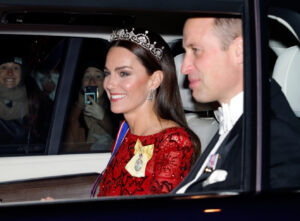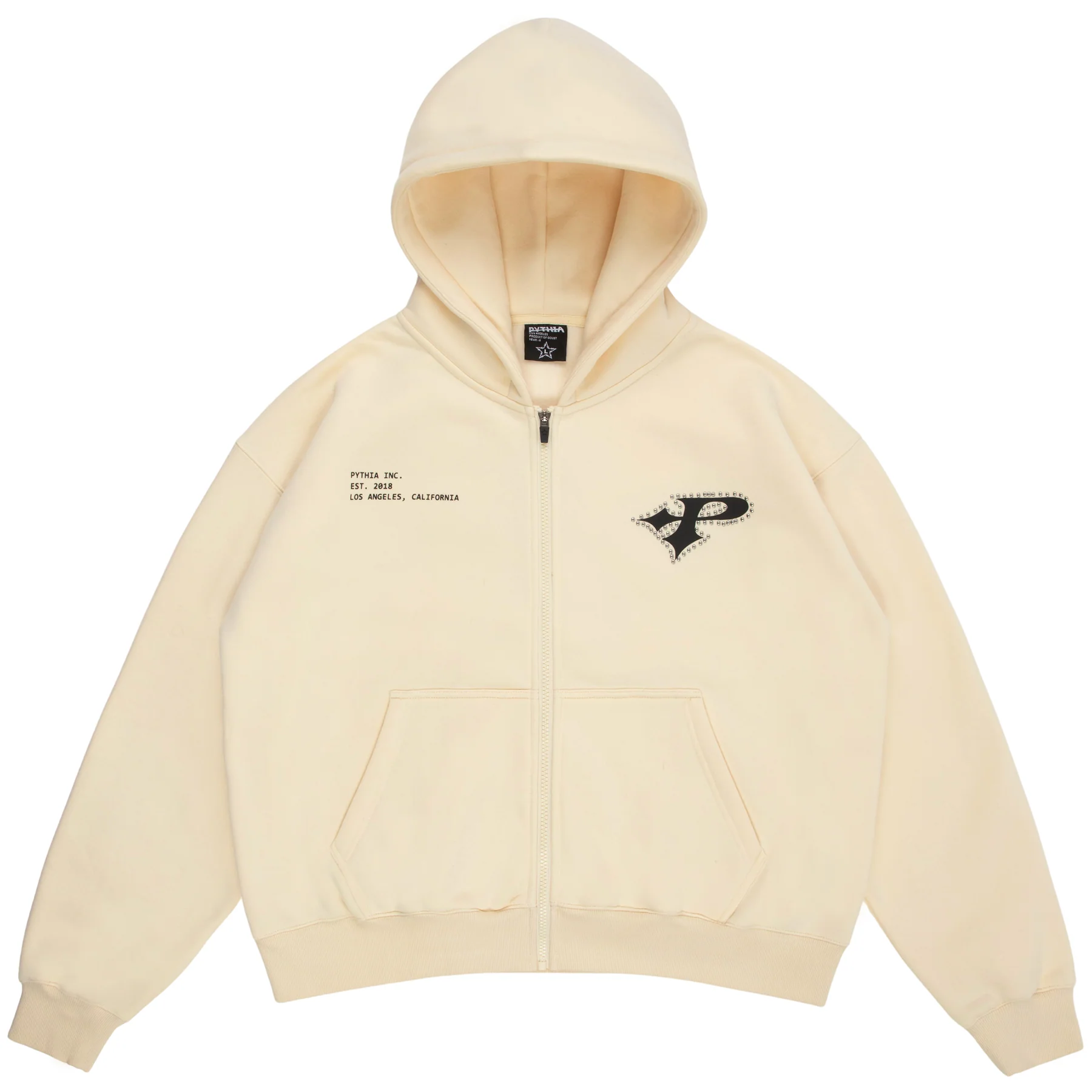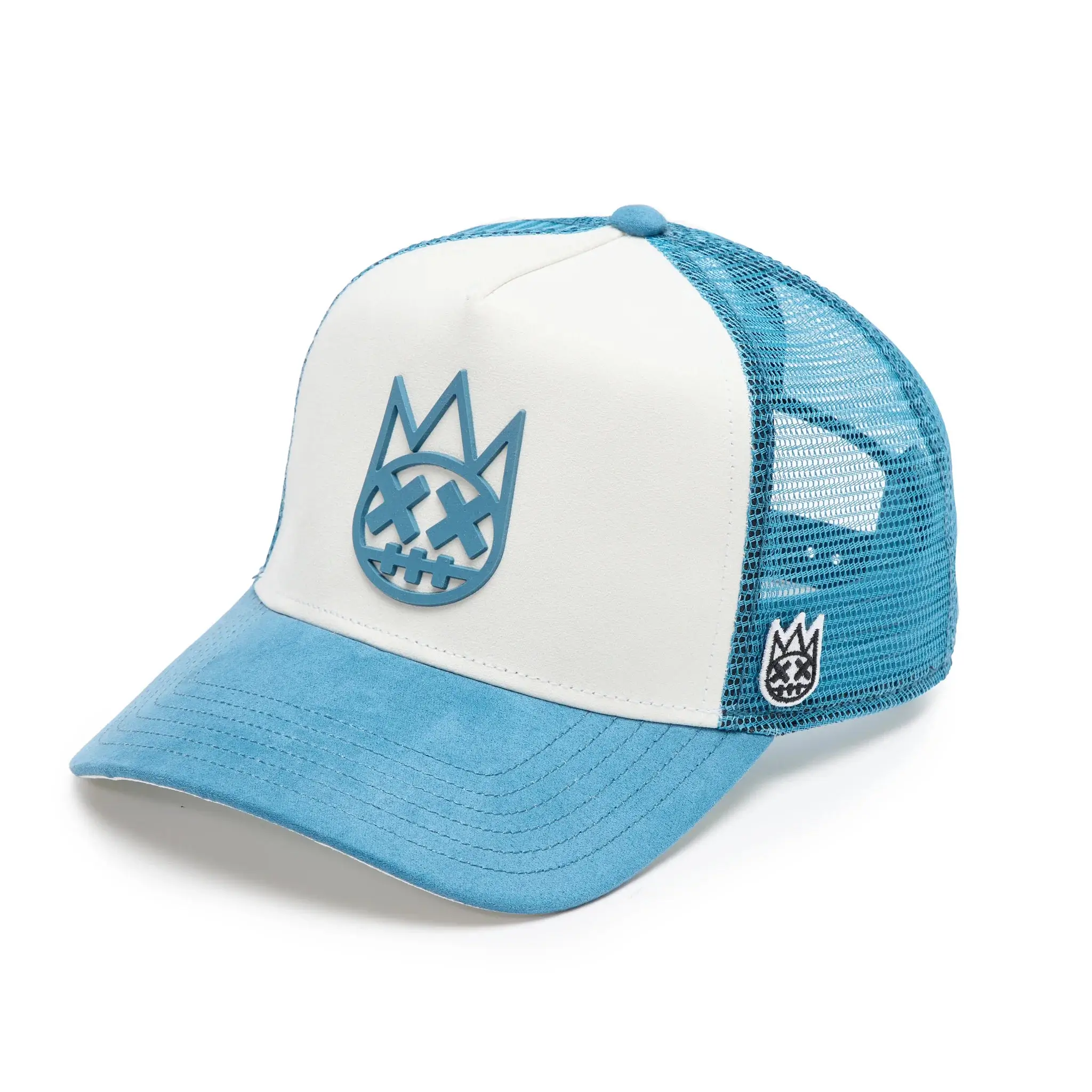Few accessories in the world summon the weight of history quite like a tiara. To wear one is to bear a visible symbol of legacy, love, loss, and responsibility. No one today embodies this paradox more poignantly than Catherine, Princess of Wales—known to millions simply as Kate Middleton. From her 2011 wedding day to her most recent state appearances, Kate’s tiara choices are rarely just aesthetic; they are strategic, symbolic acts. They signal allegiance to monarchy and modernity alike, weaving a narrative that both honors the past and subtly points toward the future.
In this exploration, we dive deep into Kate Middleton’s tiara collection—the glittering, complex tapestry of jewels she has worn, their intertwined histories, and the quiet power plays encoded in their very placement atop her head.
The Early Days: A Commoner’s Introduction to Royal Splendor
When Kate Middleton married Prince William on April 29, 2011, it was not merely a love story—it was a coronation of sorts. Her choice for the wedding: the Cartier Halo Tiara, a piece of relatively modest proportions by royal standards but rich with significance.
Gifted by King George VI to his wife, Queen Elizabeth (later the Queen Mother) in 1936, and subsequently given to Queen Elizabeth II on her 18th birthday, the Halo Tiara symbolizes youthful transition. It was an elegant choice for a woman entering an ancient institution as a commoner, balancing grace with deference.
Details of the Halo Tiara:
- Composition: Platinum, 739 brilliant-cut diamonds, 149 baguette-cut diamonds.
- Design: A series of delicate scrolls, light enough not to overwhelm a newcomer to court life.
By choosing the Halo, Kate deftly sidestepped the heavier, more battle-scarred pieces in the vault. It was a clear signal: respect for tradition, but no false grandeur.
The Lover’s Knot: Embracing the Legacy of Diana
As her public role expanded, so did Kate’s tiara repertoire. None of her selections, however, generated more chatter than her embrace of the Cambridge Lover’s Knot Tiara—a piece inextricably linked to William’s late mother, Princess Diana.
Commissioned by Queen Mary in 1913 and modeled after a 19th-century German tiara, the Lover’s Knot features a regal assembly of pearls and diamonds. Queen Mary passed it to Queen Elizabeth II, who then lent it to Diana as a wedding gift (though not outright ownership). Diana famously wore it often, despite its reputed heaviness and discomfort.
Kate first appeared in the Lover’s Knot at a diplomatic reception in 2015, a calculated emotional echo to Diana’s image.
Symbolism of the Lover’s Knot:
- Continuity: Reinforcing Kate’s role as the bridge between past and future.
- Personal Tribute: Honoring Diana while crafting her own identity within the framework of history.
- Institutional Strength: Reclaiming a piece associated with tumult (Diana’s separation and eventual death) and re-centering it within the monarchy’s narrative.
Kate’s quiet, repeated use of the Lover’s Knot since then—especially at major state events—has transformed its symbolism from tragic to triumphant.
The Lotus Flower Tiara: A Whisper of Modernization
The Lotus Flower Tiara, sometimes referred to as the Papyrus Tiara, offered Kate a lighter, almost ethereal option for smaller formal occasions. Originally a necklace gifted to the Queen Mother by her husband, King George VI, it was later refashioned into a tiara.
Worn by Princess Margaret and then Princess Anne, the Lotus Flower carries a more relaxed, almost bohemian spirit compared to the rigid grandeur of the older crowns. Kate has worn this piece at diplomatic events and official banquets, signaling adaptability and a less intimidating vision of royalty.
Key features of the Lotus Flower Tiara:
- Material: Platinum and diamonds, with motifs of lotus flowers and scrolls.
- Era: Art Deco influence, reflecting the 1920s-30s spirit of creative rebellion and reinvention.
In choosing the Lotus Flower, Kate subtly embraces the spirit of change, showing that duty and grace can coexist with flexibility and ease.
Why Tiara Choices Matter: The Semiotics of Sparkle
Every appearance in a tiara by a senior royal is a statement—often loud to those fluent in the language of monarchy.
Dynastic Assertion:
Tiaras are not mere decorations; they are emblems of a family’s right to rule. Each glittering arc and dangling pearl is steeped in dynastic history. When Kate dons a tiara linked to Queen Mary or Queen Elizabeth II, she asserts her role as the next Queen Consort in waiting.
Diplomacy and Soft Power:
At state banquets and receptions, tiaras play a crucial role in visual diplomacy. They act as wearable ambassadors, conveying respect for history, the stability of tradition, and the elegance of continuity.
Personal Messaging:
Kate’s selections often mirror her public persona: respectful, dutiful, but also increasingly self-assured. She modernizes these ancient objects simply by being who she is—a 21st-century woman born outside aristocracy, yet stepping flawlessly into its traditions.
The Tiaras Yet Unseen: The Vault Awaits
While Kate has thus far rotated among a relatively small number of tiaras, the royal vault holds dozens of storied pieces yet untouched by her. Some speculate that her future coronation as Queen Consort will unlock access to treasures such as:
- The Vladimir Tiara: An imposing, flexible piece belonging originally to Grand Duchess Vladimir of Russia.
- The Queen Alexandra’s Kokoshnik Tiara: A diamond wall of geometric brilliance modeled after traditional Russian headdresses.
- The Oriental Circlet Tiara: Originally designed by Prince Albert for Queen Victoria, inspired by Indian motifs.
These heavier, grander pieces require careful stewardship. Their reappearance would mark a new chapter: not merely as the wife of a future king, but as a queen herself.
Tiaras and Transformation: A Wider Cultural Resonance
Kate’s tiara moments offer more than royal gossip fodder. They signal broader cultural movements: the evolving image of monarchy in the 21st century, the delicate balance of public tradition and private reinvention.
In an era that questions hereditary privilege and examines colonial legacies, Kate’s tiara appearances are studied exercises in subtlety. They remind the world that monarchy can be both ancient and adaptive, ceremonial yet emotionally resonant.
Her tiaras are no longer just inherited trinkets; they have become tools of image-making, affirming the monarchy’s relevance in a world increasingly skeptical of it.
The Art of Wearing History Lightly
Despite the literal weight of these crowns—some weighing over two pounds—the true burden Kate carries is metaphorical. It is the burden of expectation: to honor tradition without appearing fossilized, to embody change without undermining stability.
Her success lies in making it look effortless. Each tiara she selects feels natural, inevitable, as though it could not possibly belong to anyone else or appear anywhere else but atop her composed, serene brow.
In this, Kate has mastered the true art of modern monarchy: wearing the past not as a shackle, but as an adornment.
Impression
The sparkle of diamonds often distracts from the deeper truth they represent: survival, endurance, sacrifice. Kate Middleton’s tiara collection is not merely a series of baubles passed down through generations. It is a living archive, a testament to the monarchy’s ability to adapt, to mourn, to hope.
As Catherine, Princess of Wales, continues to grow into her role—eventually ascending to Queen—each tiara will take on new layers of meaning. They are not just historical artifacts. They are active participants in the great, ongoing drama of British monarchy.
And perhaps that is the greatest jewel of all: not the diamonds, nor the pearls, but the understanding that history must be worn not as a yoke, but as a crown.
No comments yet.









